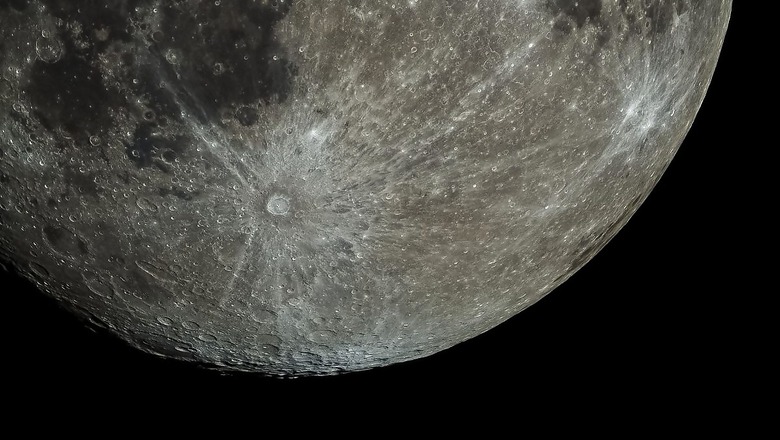
views
India is at the verge of scripting history as ISRO’s ambitious third Moon mission Chandrayaan-3’s Lander is all set to touch down on the lunar surface on Wednesday evening, making it only the fourth country to do so.
If the Chandrayaan-3 mission succeeds in making a touchdown on moon and in landing a robotic lunar rover in ISRO’s second attempt in four years, India will become the first country to land in the South Pole of the Moon.
As India awaits the Lander’s Touchdown at 6:04 pm, let’s take look at the formation of the Moon:
How did the moon form?
There are several theories about how the moon was formed. The theory that is best supported by all the available data is that the moon formed during a giant impact between the proto-Earth and another protoplanet called “Theia.”
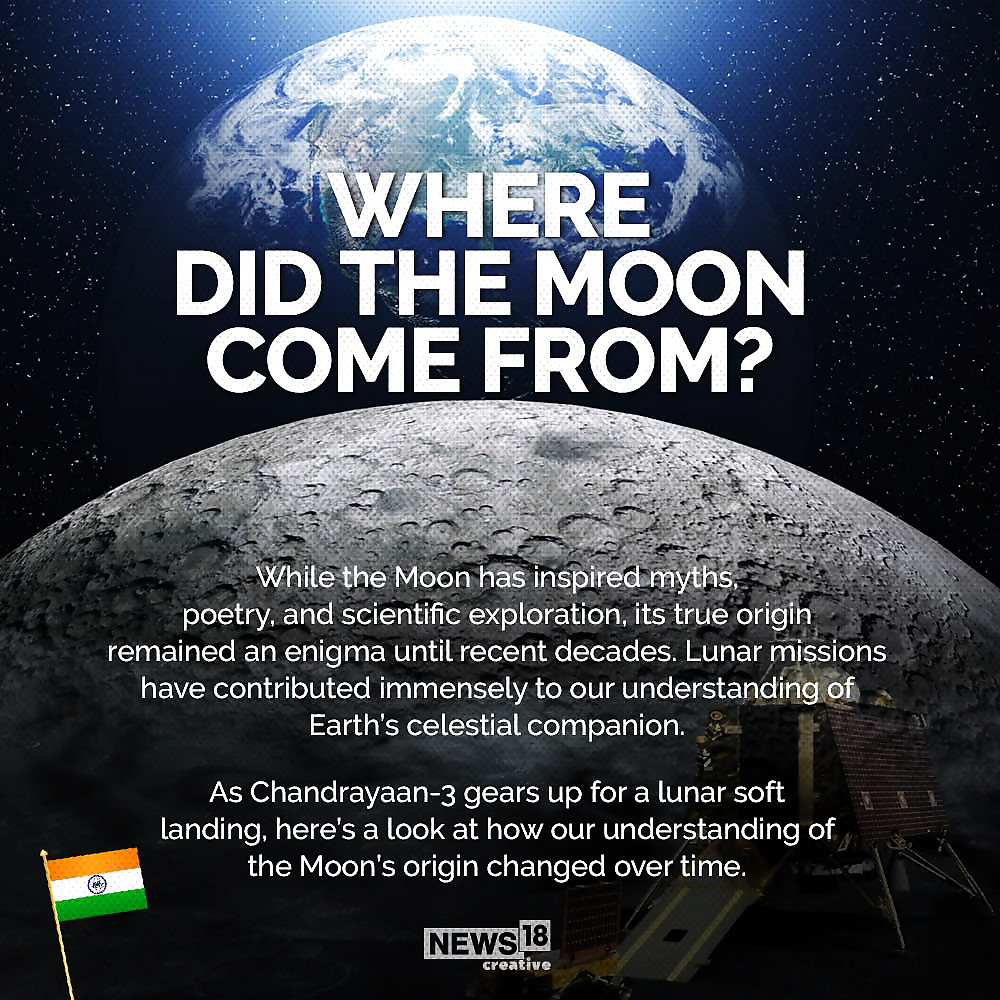
According to this theory, the moon was formed from the impact debris, a mixture of molten rock and hot gas, flung out into space by the impact forming a disk of material.
There are many other theories on the formation of moon:
- Fission theory: the moon broke away from the Earth
- Capture theory: The moon was formed in the solar system and was later captured by Earth’s gravity
- Co-formation: The Earth and moon were formed from the protoplanetary disk at the same time
First Man on the Moon
The Apollo 11 mission to the Moon in 1969 went down in history as mankind’s giant leap, changing the way we saw our place in the universe. The historic mission carried three astronauts toward the moon as two of them including Neil Armstrong would set foot on the lunar surface for the first time in human history and to study the lunar surface.
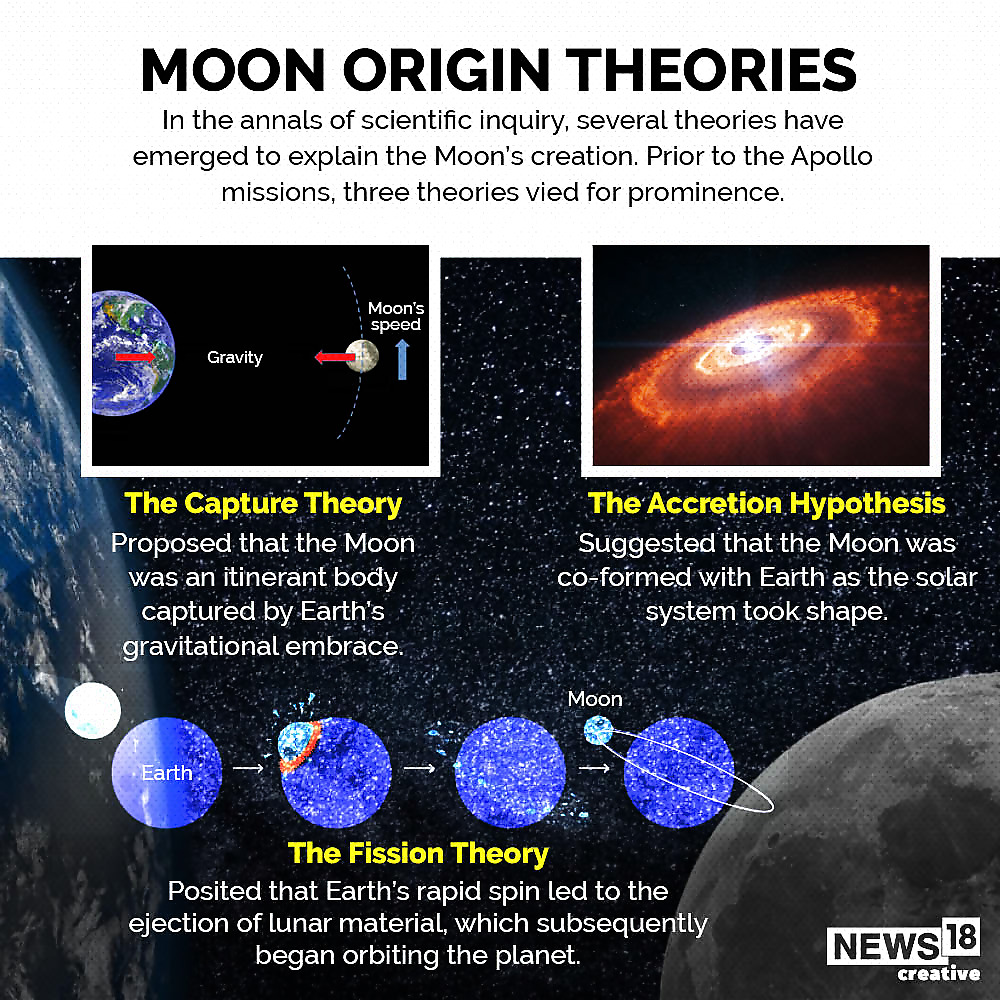
Over the next several Apollo missions, the lunar craft brought back moon rocks for scientific research to unlock mysteries of the universe. It brought back 50 pounds worth of moon rocks and initiated decades’ of investigations focused on learning how the moon formed and evolved.
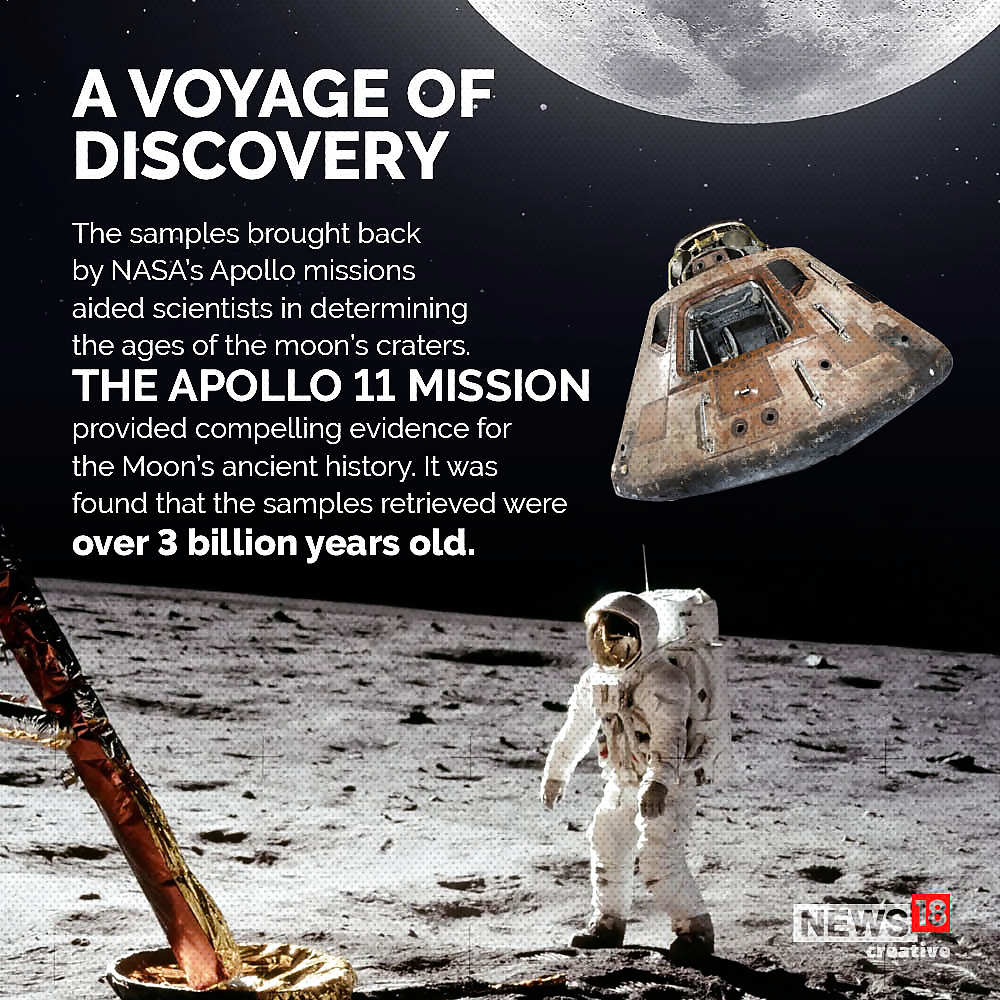
Scientists believe that the moon formed during a giant impact about 60-175 million years after the solar system was born. The basalts sample found at the Apollo 11 landing site was between 3.6 to 3.9 billion years.
What Does the moon look like?
The picture of the moon shows it to be a desolate and grey place with craters, but it has been geologically active for much of its history, according to reports. Like the Earth, the moon started off with a thick layer of molten rock on its surface.

Meanwhile, the temperatures vary on the moon from 127 degrees Celsius in full Sun to about minus 173 degrees Celsius in darkness. The moon’s exosphere does not give protection against radiation from the Sun.
What Does the Lunar Rocks Tell Us?
The study of rock and soil samples from the Moon continues to give useful information about the early history of the Moon, the Earth, and the inner solar system, according to NASA.
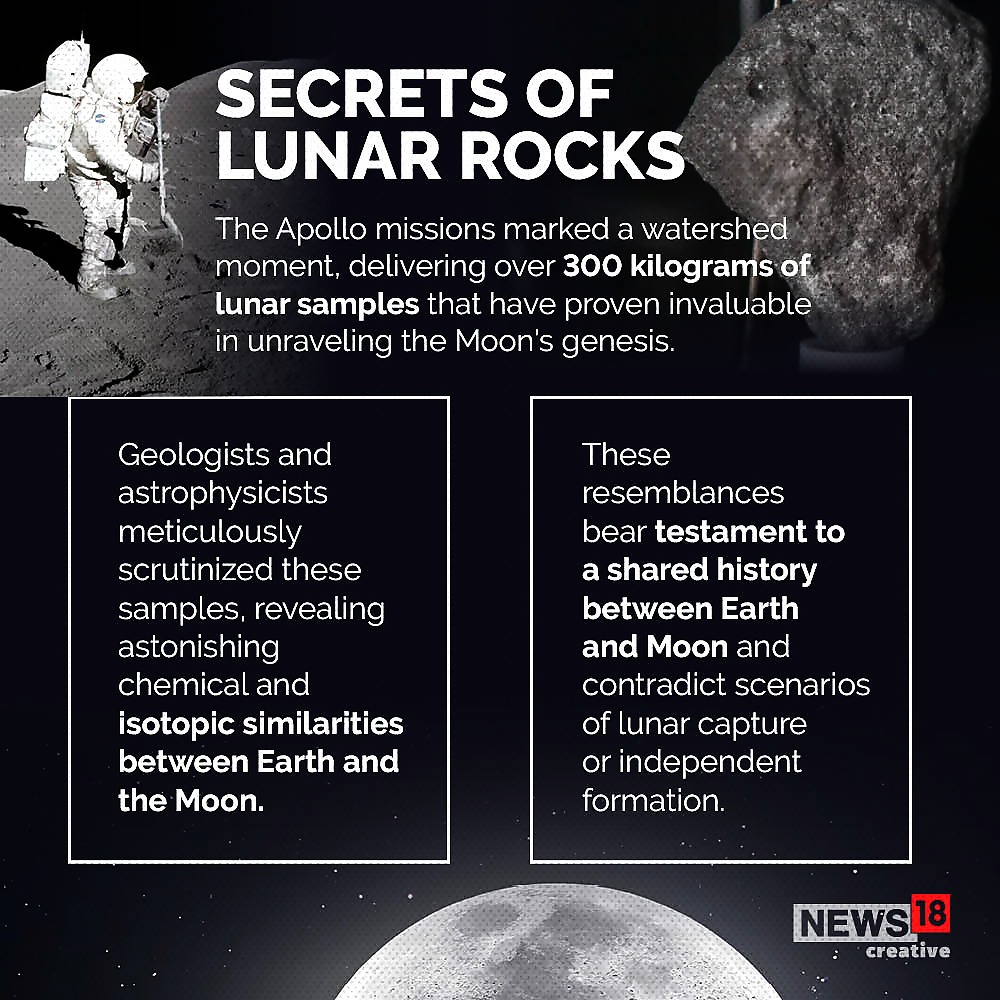
Recent studies have revealed that the Moon could have been formed from the debris resulting from the Earth being struck a glancing blow by a planetary body about the size of Mars.

In some of the rocks brought back by Apollo 14, scientists found traces of green ‘beads’—drops of volatile elements encased within the rocks. Such volatile elements in Moon rocks can provide a glimpse of ‘volcanic exhalation’ events which occurred over 3.5 billion years ago.
It also revealed that the lunar rocks contain traces of primordial gas, i.e. the gas that was present right after the formation of our solar system.




















Comments
0 comment